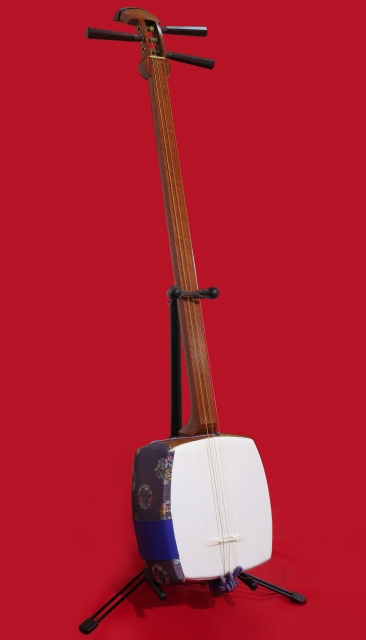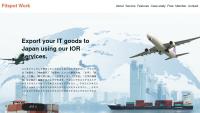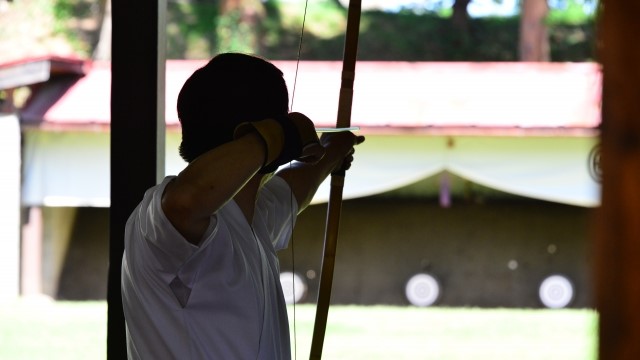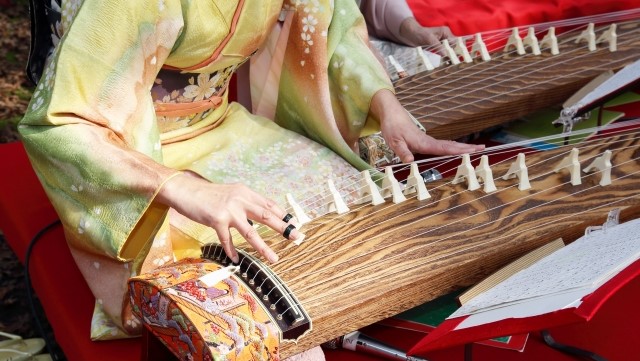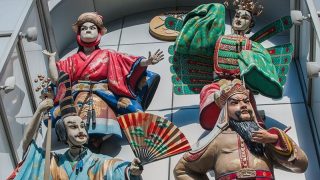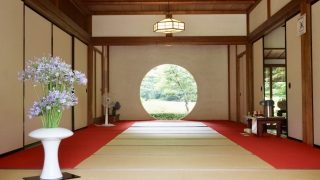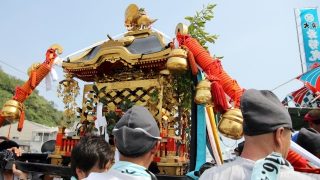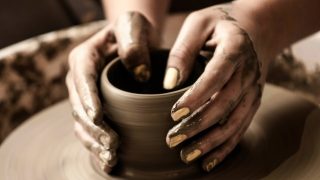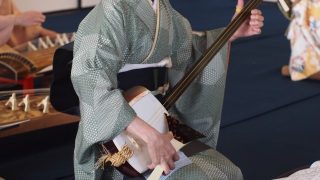About Hogaku (邦楽-traditional Japanese music)
Hogaku (traditional Japanese music) refers to the ancient Japanese music that developed in the early modern era, such as the Shamisen, Koto, and Shakuhachi. It was widely popular as a practice for ordinary people in the old days.
The beginning of Shamisen (三味線)
The Shamisen was introduced to Japan around 1560 from China, where the Shamisen originated as a sangen, a musical instrument, through the Ryukyu (present-day Okinawa).
Due to its operability and wide range of applications, the Shamisen became widely popular in the Edo period and is now widely recognized as one of Japan’s traditional musical instruments.
In the Edo period, restrictions on the use of musical instruments were in place: Gagaku was restricted to nobles, Noh to samurai families, Koto music to the blind, and Shakuhachi to Komuso monks. So, the Shamisen was used by the ordinary people of Edo.
The Shamisen is used not only as an accompaniment to Kabuki and Bunraku but also for Nagauta, Koto, and folk music, making it an indispensable instrument in Japanese music.
The Tsugaru Shamisen, which originated in Aomori, is famous today for its gorgeous sound and performance.
About Shamisen
The Shamisen is a stringed instrument consisting of a neck (棹), body (胴) and strings (弦).
There are three main types of Shamisen, which are distinguished by the thickness of the neck: the Futozao, the Chuzao, and the Hosozao. The skin stretched on either side of the body is the skin of a cat or a dog. Place the body on the right knee and play it with the plectrum held in the right hand. The left hand presses the strings on the neck and adjusts the pitch of the note.
Omi Ishimura is a master Shamisen maker who has been around for generations. The first generation was from Kyoto, and the second generation went to Edo (present-day Tokyo) and called themselves “Edo Ganso Jomoto Omi.
It lasted until the eleventh generation, but the Shamisen, especially those made in the older generation, is called “Koomi” and is known as a masterpiece.
Structure of the Shamisen
The Shamisen play it with the plectrum held in the right hand to produce a sound.
The Shamisen is described as “a string with three flavors.”
As the name implies, three different types of strings are used separately and are of different thicknesses.
The thickest string is called the “first string” and produces the low tone, while the middle string covers the middle tone with the “second string.” In addition, the thinnest string plays a high tone with the “third string.”
The three strings are held on a neck, and the left hand presses the strings at points called “Kandokoro” to adjust the pitch.
